The Importance of Custom Bracing for Dogs
- ilaria65
- Jan 18, 2022
- 5 min read
Updated: Jan 19, 2022

In veterinary medicine, custom splints and braces are becoming standard practice. Why is it important to provide custom supports for dogs?
First, let's take a look at us - humans. There are hundreds of different types of splints and braces made for humans. They come in various ready-made, off-the-shelf sizes (usually from XS to XXL sizes) and are made for practically every part of the body (see image below). These off-the-shelf splints and braces tend to fit most people.

Dogs, on the other hand, are much more difficult to fit with off-the-shelf braces and splints. For off-the-shelf braces to fit most dogs, a bracing company would probably have to make upward of 25 or more different sizes! This is because dogs' body sizes vary so much. In fact, there is more variability in the dog's body shape and size than any other mammal in the world!
Let's take a look at the picture below. Here are 3 dogs (basset, pitbull, greyhound) that all weigh about the same (66 lbs or 30 kilos). An off-the-shelf size "MEDIUM" wrist or ankle brace may fit one of these dogs, but not all 3 because their shape and size vary greatly even though their weights are the same. This is why custom bracing options are important for pets, and especially for dogs.

There are many other reasons that custom braces are preferred. A custom brace:
Provides a better and more intimate fit
Makes a brace more comfortable and tolerable for the pet
Provides better support
Decreases the chance that the brace slips or twists
Decreases rubbing and pressure sores that can occur for a poorly-fitting brace
There are three basic choices when is comes to custom braces:
Custom orthotic braces
Custom thermoplastic splints
Custom neoprene braces
1) Custom Orthoses
Custom orthotic braces are fabricated from a cast of the pet’s leg. The veterinary professional makes a cast of the pet's leg then sends it to the orthotics company who then uses that cast to make the orthotic brace. Orthoses are made using high-temperature thermoplastics, hinges, padding, and hook-and-loop straps (see Custom Orthotics & Prosthetics Choices).
When should you consider using a custom orthosis for your pet?
If you need a long-term solution (orthoses are extremely durable and usually made for the life of the pet)
When graded/controlled movement is needed (via locking hinge)
Recommended for large or heavy-set dogs with severe issues
When the paw needs incorporation or support as well as the limb
When cost is not a significant factor
2) Custom Thermoplastic Splints
Custom thermoplastic splints are made directly on the pet by the veterinary professional. Flat sheets of thermoplastic are heated in hot water until soft, then draped and formed over a pet's body part. The incorporated joint is immobilized by the splint. The thermoplastic sets in minutes, forming a custom-fitted splint. The splint can be reheated and remolded as needed (up to 3-4 times depending on type of thermoplastic).
When should you consider using a custom thermoplastic splint?
For general stability and immobilization (splints immobilize the body parts they cover)
For short-term use (up to 2-3 months)
When modifications are needed since splints can be reheated and remolded (e.g., edema, reducing contracture, growing puppy, osteosarcoma)
To serve an immediate need for immobilization (splints are made directly on the pet by the treating professional)
When needing a cost-effective alternative to an orthotic brace
There are many brands of thermoplastics, each with their unique set of characteristics (e.g., strength, drape/contour, working time, surface self-adherence). When splinting pets, two different thermoplastics are recommended:
A) For small dogs, toy breeds, and cats use a solid (non-perforated) sheet of 1/16” thick thermoplastic with a high degree of drape to contour intricate areas. B) For medium-to-giant breed dogs, use a solid sheet of 1/8” thick thermoplastic that is strong, with moderate drape, and has surface-adhering properties so that you can reinforce areas subjected to increased stress.
A video on making a custom carpal splint is provided in another blog. Similar techniques can be used when splinting any part of the body.
3) Custom neoprene braces
Custom neoprene braces range from flexible-to-rigid. They are useful as a post-surgical protective aid, transitional coaptation device post-cast removal, and as a stabilizing agent following ligament sprains and strains. Light and more flexible neoprene wraps are useful for offloading painful arthritic or deviated joints and for proactive protection. Supportive, neoprene wraps allow partial weight-bearing so that soft tissue and recovering structures can gradually adapt to loading. To date, Thera-Paw is the only company that makes custom neoprene braces.
Custom neoprene braces often include foam or sheepskin liners for added comfort and support. The use of soft materials significantly reduces rubbing and pressure sores, and their flexibility make these soft supports the most versatile choice for bracing. For example, a custom neoprene carpal wrap can be splinted over with thermoplastic to yield an immobilizing brace. The splint/carpal support combination can be used when the dog is engaged in activities that place high stress on the limb/joint. When the dog is more relaxed and quieter, the splint can be removed, leaving the animal with a lighter, more comfortable support.

Some neoprene braces can be made more supportive by applying stability straps. These straps are "Velcroed" in place and, when strategically adhered to the outer neoprene wrap, they produce a stabilizing or corrective effect (see below).
Stability straps are easily layered for increased rigidity or removed for greater flexibility as needed, again allowing a wide range of support options all in one brace. For added comfort and protection, self-adhesive padding can be added to the inside of these braces.
When should you consider using a custom neoprene brace?
For general support or stability that does not require immobilization
For small dogs, toy breeds, and cats (materials are very light and comfortable)
To serve an immediate need for support or stability (these braces can be made or modified directly by the veterinary professional)
For variable needs on the same pet (support can be upgraded or downgraded as needed)
When looking for a cost-effective alternative to an orthosis
Ideally, these neoprene braces are custom-made using measurement forms based on the pet's size and specific needs. Following fabrication, the brace is shipped to the treating veterinary practitioner for proper fitting and pet parent instruction.
If you need an immediate solution, neoprene braces can also be custom-made in the veterinary clinic. The materials adhere to one another so that a veterinary professional can custom-make their own braces for short-term use. A video on making a custom carpal neoprene brace is provided in another blog. Similar techniques can be used when making a neoprene brace for any part of the body.
Final Notes for Veterinary Practitioners
With the growing number of choices, it can be difficult to determine which device is best for the pet. Though patient history, diagnosis, and prognosis are important, of fundamental importance is the pet’s present level of function. The pet and client’s individual characteristics also influence the device’s effectiveness. These include the pet’s age, activity level, size and weight, other orthopedic and/or neurologic conditions affecting function, skin sensitivity/integrity, and activities and environment where the device will be used (e.g., device to be used in the underwater treadmill). The client’s motivation and compliance levels, as well as their ability to comply are equally important.
Keep in mind that there may be multiple functional goals for the pet and more than one device may be required. In human rehabilitation for example, the use of multiple devices is common practice. For example, a patient who suffered from a stroke may be outfitted with a functional hand splint to assist with activities of daily living, a dynamic splint for therapeutic exercises, and a resting arm splint for nighttime use to protect the sensory-impaired limb from injury.
The challenge for veterinary practitioners is to apply the increasingly large number of potential products to their incredibly diverse animal clientele. Doing so requires creativity, a thorough understanding of the available devices, and some trial and error. New devices and bracing/splinting methods continue to be developed, and their thoughtful application will result in improved quality of life for both the pet and owner.
This article first appeared in Vital Vet
A Vital Vet Publication
Let’s work together and give them the best life possible!





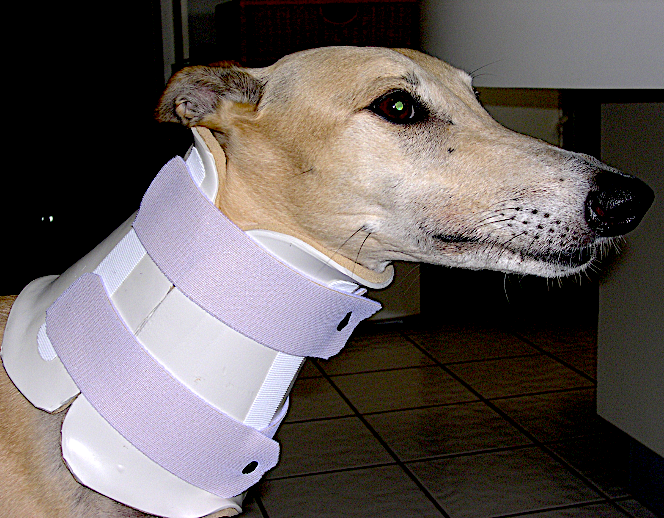







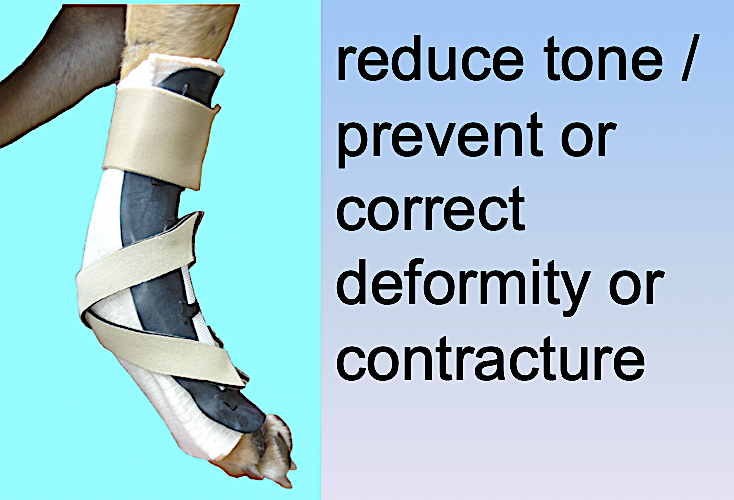

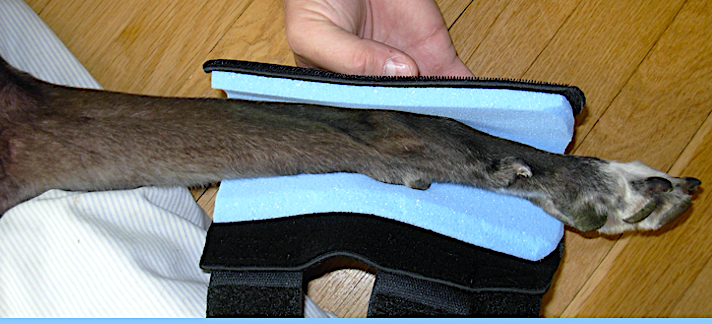

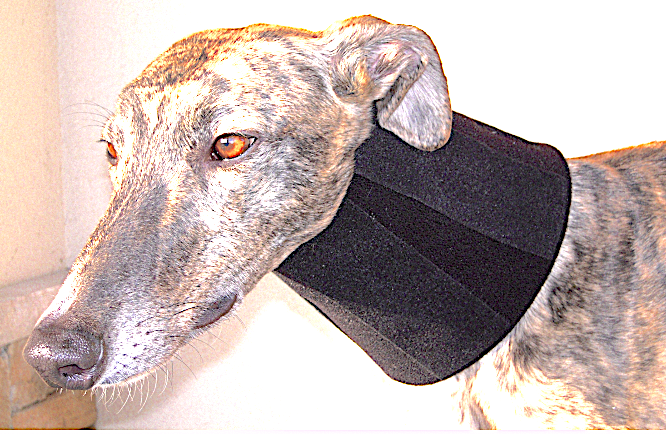

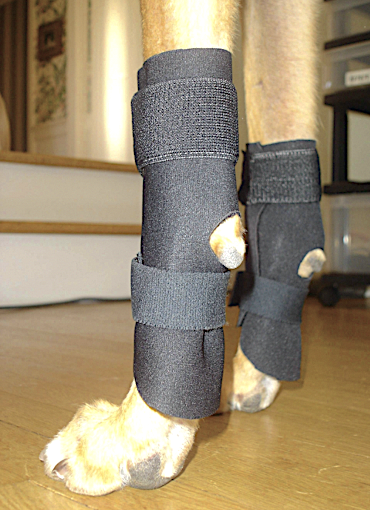

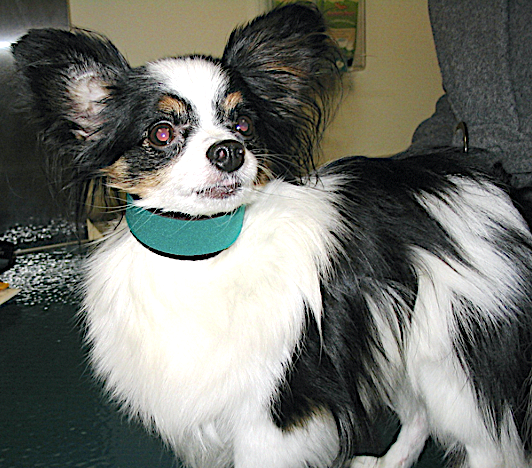

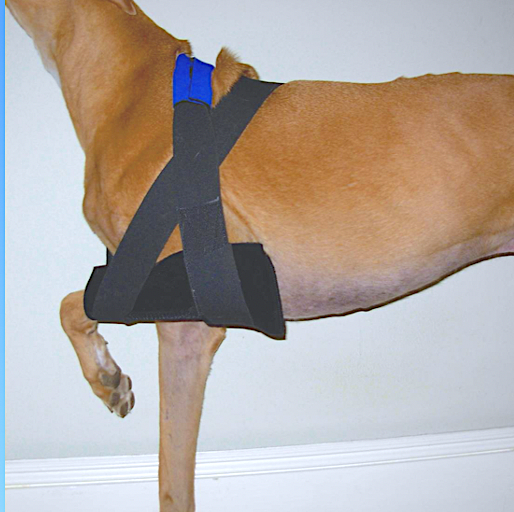







Comments